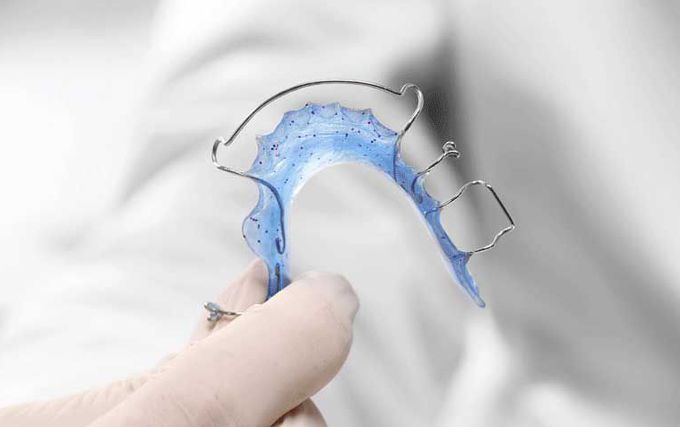


Malocclusion (Misaligned Teeth): Causes, Diagnosis and Treatment
Malocclusion (misaligned teeth): Causes, diagnosis, and treatment outlined by the Orthodontics Department, National Dental Centre Singapore. If you suffer from malocclusion, don’t worry. This common dental problem, also called malocclusion, can be fixed with orthodontic treatment or braces. “There is no age limit for orthodontic treatment; adults can benefit from it too,” says Dr Ivan Lim Kuen Fui, Senior Consultant & Head, Orthodontics Department, National Dental Centre Singapore (NDCS), a member of the SingHealth group. Malocclusion: Causes Malocclusion is often inherited. Other causes include the following: Abnormally shaped or impacted teethMisaligned or malformed jawCleft lip and palateProlonged use of a pacifier or feeding bottle in childhoodThumb sucking, sucking finger or lower lip, tongue thrusting in childhoodBreathing through the mouth in childhoodInjuries that result in the misalignment of the jawImproper dental restorative procedures in childhoodGingivitis (gum disease)Early loss of milk teeth “A misaligned or malformed jaw can also cause a misaligned bite. They can occur in any or all three dimensions. Generally it can express as protruding jaws, a lower jaw slanted to one side or an open bite,” says Dr Lim. Why should malocclusion be fixed? Misaligned teeth is associated with psychological and physical problems. Misaligned teeth can: Lead to self-consciousness and poor self-esteemAffect a person’s speech, e.g. can cause a lispInterfere with proper chewing of food during mealsCause difficulties with proper brushing and flossing, increasing the risk of bacterial infection, tooth decay and gingivitis “Dental health is the most important reason to have braces made as poorly aligned or misaligned teeth are difficult to keep clean,” says Dr Lim. Diagnosis and treatment of malocclusion Misaligned teeth are diagnosed and treated by an orthodontist, a specialist in the correction of malocclusion. The orthodontist will take x-rays and impressions of your teeth to determine the extent of the problem and the appropriate treatment option. In mild cases of misaligned teeth, treatment might be prosthodontic in nature, involving tooth veneers, crowns, bridges or dentures. In the majority of cases, however, orthodontic treatment involving braces is required. “There are many different types of braces, each suited to a particular type of problem. The best type of brace for you will be advised by the orthodontist depending on your teeth and your personal needs,” says Dr Lim.

